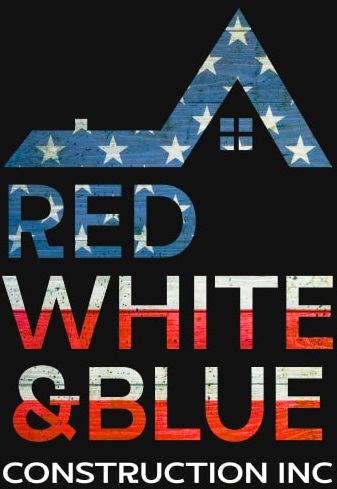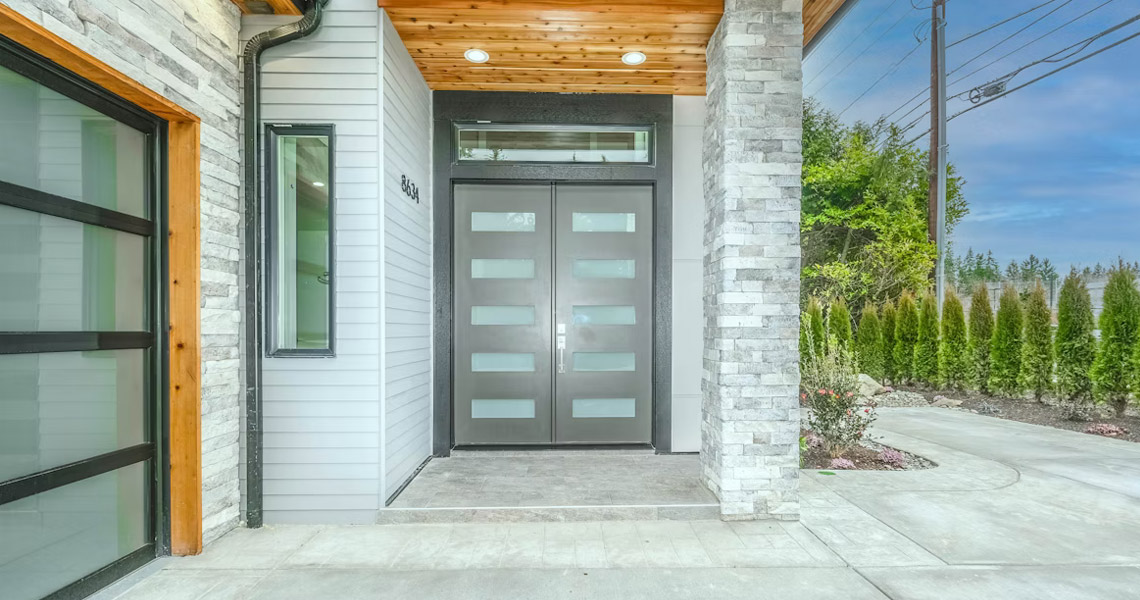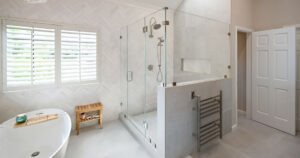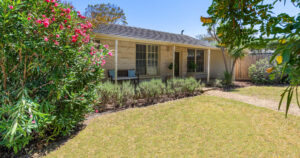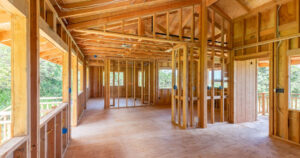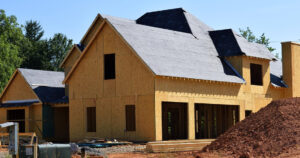Designing a custom home is an exciting opportunity to tailor every aspect to your needs, but it’s also a major investment. While it’s tempting to focus solely on personal tastes, homeowners should also consider how choices will impact future resale value. A well-designed custom home balances individuality with broad market appeal, thoughtful functionality, and enduring style. Here’s a guide to help you know how to create a custom home that stands out in today’s market and remains desirable for years to come.
Location Still Reigns Supreme
Before finalizing a design, ensure the property itself supports future value. A custom home in a desirable neighborhood, with good schools, walkability, or scenic views, will always outperform a similar home in a less sought-after area. Future buyers often prioritize location over design features, so choose your lot wisely, even the best-designed home can struggle to sell in an undesirable spot.
Focus on Timeless Architecture and Layout
Trendy design choices can quickly become dated. Instead, choose architectural styles that have long-standing appeal in your region, such as Craftsman, Colonial, or Transitional styles. Similarly, prioritize a functional and flexible layout. Open-concept living remains popular, but include defined spaces for offices, dens, or guest rooms. These offer flexibility for future buyers with varying needs. Avoid overly specific or quirky layouts that limit the home’s usability.
Prioritize Energy Efficiency and Smart Tech
Today’s buyers are increasingly conscious of energy usage and environmental impact. High-efficiency HVAC systems, solar-ready roofs, well-insulated windows, and Energy Star-rated appliances will not only reduce your utility costs but also appeal strongly at resale. Smart thermostats, security systems, and lighting controls add value and convenience without sacrificing style.
Don’t Skimp on Kitchen and Bath Design
The kitchen is often the heart of the home, and bathrooms are essential to comfort and luxury. Invest in high-quality, neutral cabinetry, solid-surface countertops like quartz, and well-made plumbing fixtures. While trends come and go, clean lines, practical storage, and a neutral palette will remain attractive over time. Consider adding a double vanity in the master bath and a walk-in pantry in the kitchen; these features are almost always on buyers’ wish lists.
Choose Quality Over Flash
Buyers notice quality craftsmanship and durable materials. Hardwood floors, well-constructed cabinetry, and attention to detail in finishes hold up over time and continue to appeal to future buyers. Skip ultra-trendy finishes or bold color palettes that may not suit the next owner. Instead, use trendy elements in easily updated ways, like paint colors, light fixtures, or hardware.
Think About Storage and Utility
Adequate storage is a key concern for buyers. Include walk-in closets, built-in shelving, mudrooms, and garage storage in your design. A well-organized home that doesn’t feel cluttered is always more marketable. Also, ensure utility spaces like laundry rooms are thoughtfully located and well-equipped.
Outdoor Living Spaces Matter
Outdoor living has become more important than ever. Patios, decks, or covered porches add significant perceived value. Design your backyard with privacy, function, and potential in mind, even if you don’t initially install a full outdoor kitchen or pool, having room for them in the layout is a plus.
Consider Future Accessibility
Aging-in-place features such as wider doorways, no-step entries, and at least one bedroom and full bathroom on the main floor increase appeal to a broader buyer pool, including retirees or multigenerational families. Designing for accessibility doesn’t have to compromise beauty, it simply expands functionality.
Avoid Over-Customization
It’s easy to get carried away with unique elements like a themed theater room or built-in aquarium wall. While they might be exciting for you, they can alienate potential buyers who don’t share your interests. Keep specialty features adaptable or removable, or locate them in secondary spaces.
A custom home designed with resale in mind blends timeless design, practical features, and subtle flexibility. While your home should reflect your personal lifestyle, consider its appeal to a future buyer. By choosing classic materials, focusing on energy efficiency, and maintaining a practical layout, your custom build can retain, and even increase, its value over time.
